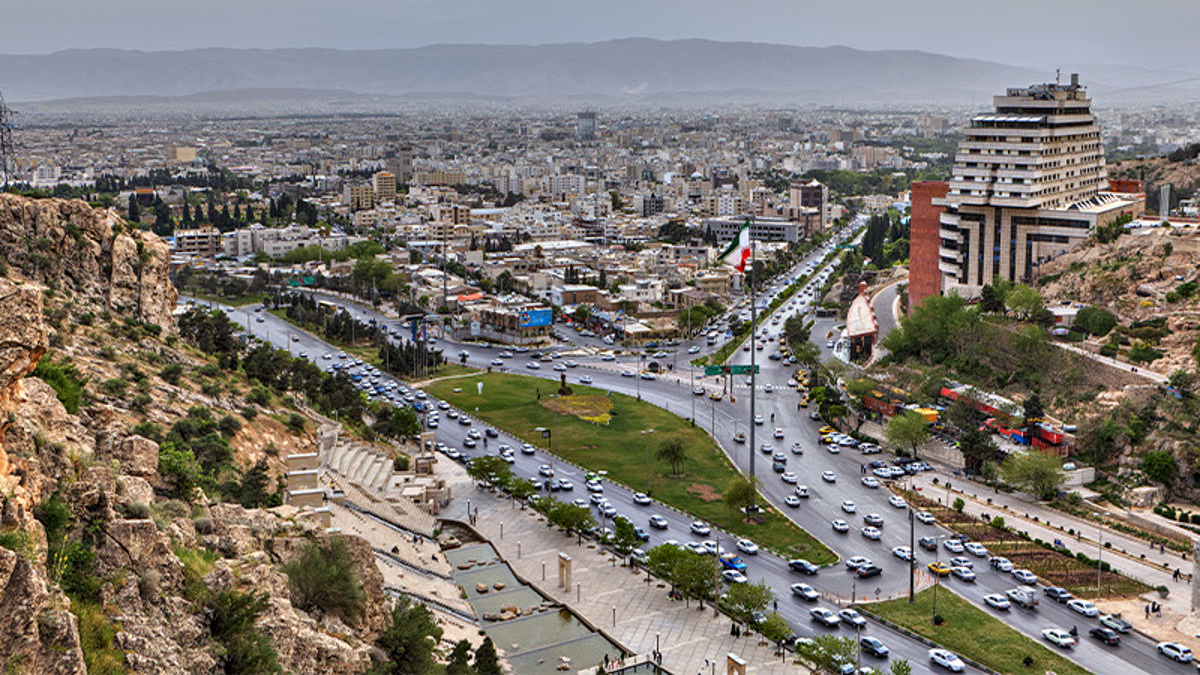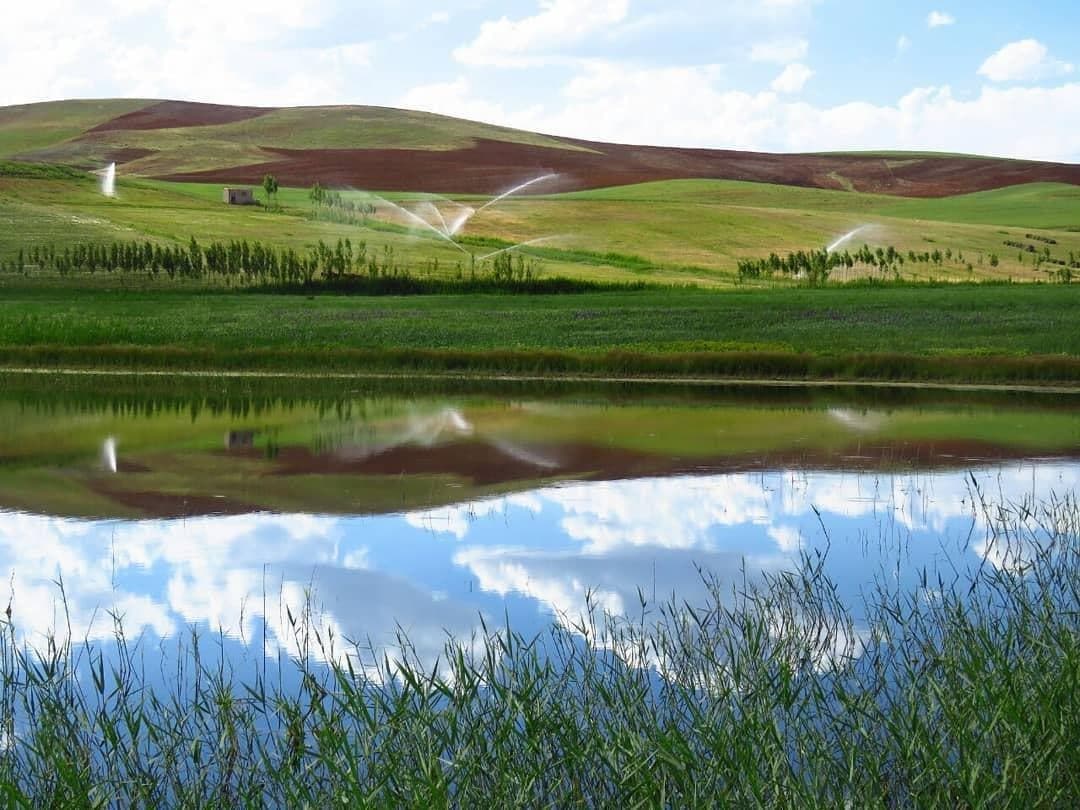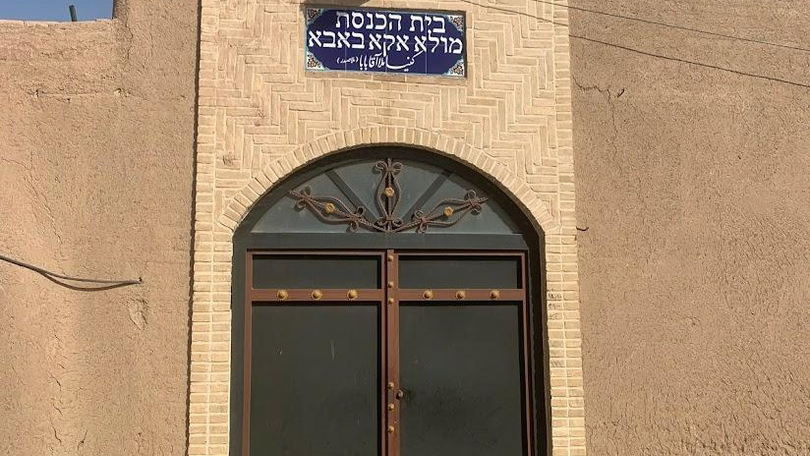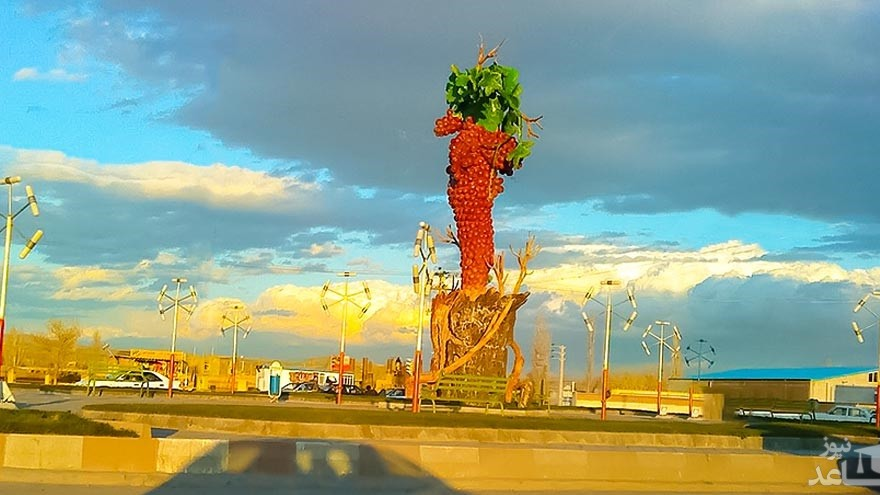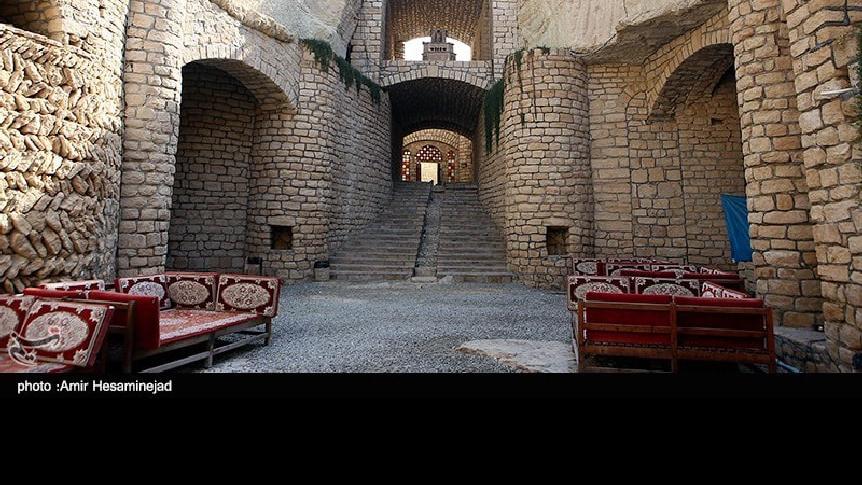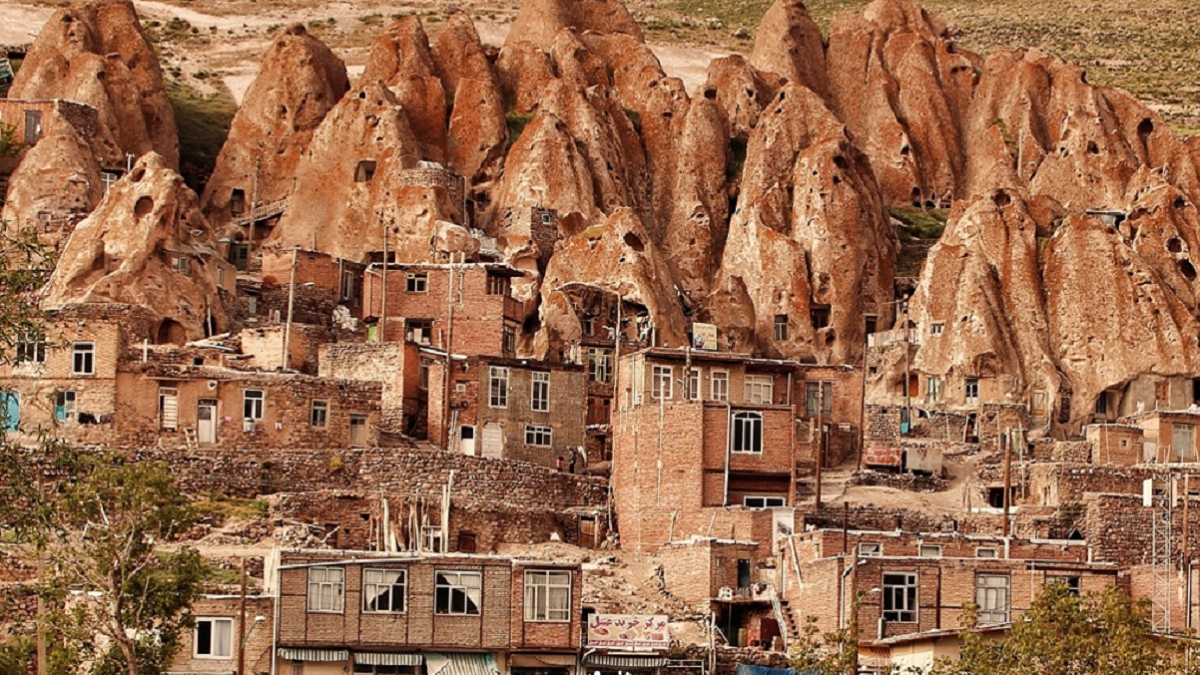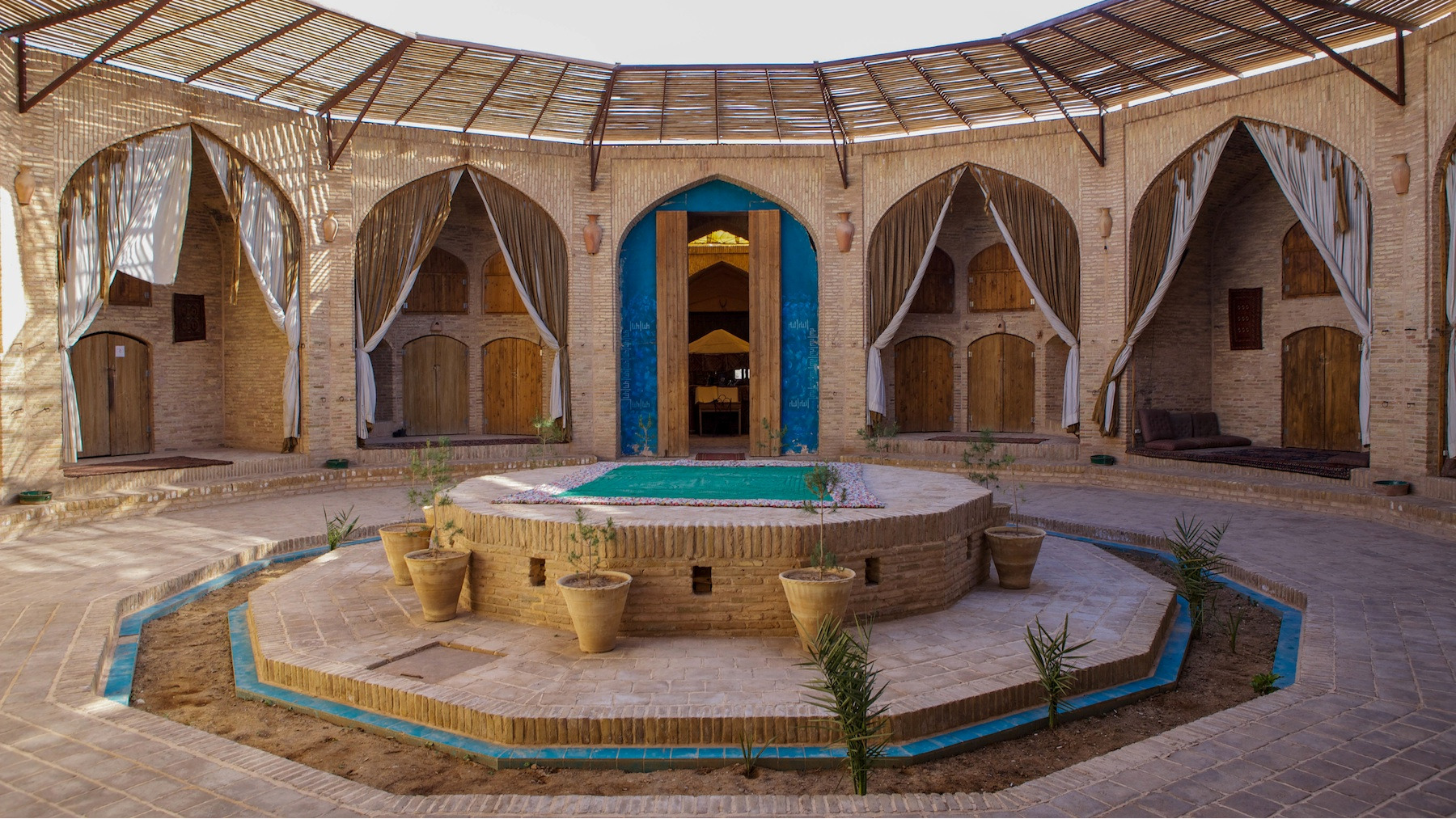
Chak Chak Zoroastrian Temple
Chak Chak Shrine, also known as “Pir-e Sabz”, is one of the main places of worship of Iranian Zoroastrians, which is located near the city of Ardakan and only Zoroastrians are allowed to enter it. Iranian Zoroastrians gather in this place from June 14 to 18 every year and perform certain acts of worship. Chak Chak Temple is 43 km from Ardakan City and 100 km from the city of Yazd.
This place of worship is located in a mountainous area in the mountains between Ardakan and Anjireh. The reason this name was given to this temple is that water flows from the heart of the mountain down and one can hear the pleasant sound of water dripping down. Chak Chak means drip… drip. The water that emerges from the heart of the rocks is now directed to a reservoir to be used when needed.
Features and Architectural Style of Chak Chak Temple
The special features of this building have made it a symbol of Zoroastrian unity. On the stone wall of one side of the building, plants such as Adiantum capillus-veneris and mountain fig have grown, which have created a gap in the rock from which water drips and collects in the pond built at the foot of the wall.
A staircase consisting of 360 steps paves the way to this shrine. The environment around the shrine is full of trees, which seems very strange in the desert geography of the region. A few simple chambers have been built in this place of worship for Zoroastrian pilgrims. The oldest of these chambers is related to the time of the Qajar king, Naser al-Din Shah (19th century). A 70-meter-deep well has been dug inside one of the chambers.
There is an old sycamore tree at the highest northern point of this shrine, which is estimated to be between 300 and 350 years old. This old plane tree, which was inscribed on the list of Iran’s national heritage in the year 2015, is watered with spring water that flows almost all through the year.
Zoroastrian Ceremonies Held at Chak Chak Temple
Various rituals are performed in this shrine in the course of the annual ceremony of Zoroastrians. Baking Surak bread and distributing it among pilgrims is one of these rituals. Surak bread, which is also called “Sirag” or “Siru” among Zoroastrians, is a type of oil bread that is made with flour, sugar, salt, coriander seeds, safflower, and yeast and is fried in sesame oil.
Reciting the Avesta, praying to Ahura Mazda, lighting candles, incense, and fire, singing songs, cooking and distributing votive food, and chanting gahambar are other rituals performed during the course of this ceremony. According to Zoroastrians, Ahura Mazda created the world in six stages: the sky stage, the water stage, the earth stage, the plants stage, the animals stage, and the humans stage. While chanting gahambar, a Zoroastrian mobad wearing a white dress, recites Avesta melodiously and reviews these six stages. Zoroastrians perform all these rituals as a tribute to Nikbanu, the daughter of Yazdgerd III.
This shrine also hosts Zoroastrians during the festival of Mehregan. Zoroastrians wear purple clothes during the course of this festival, which is celebrated for six days in the month of October.
Chak Chak Shrine, also known as “Pir-e Sabz”, is one of the main places of worship of Iranian Zoroastrians, which is located near the city of Ardakan and only Zoroastrians are allowed to enter it.
| Name | Chak Chak Zoroastrian Temple |
| Country | Iran |
| State | Yazd |
| City | Ardakan |
| Type | Historical |
| Registration | No registration |








Choose blindless
Red blindless Green blindless Blue blindless Red hard to see Green hard to see Blue hard to see Monochrome Special MonochromeFont size change:
Change word spacing:
Change line height:
Change mouse type:

